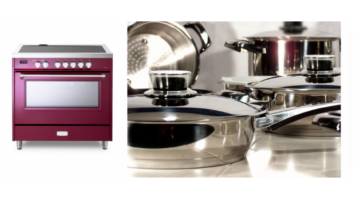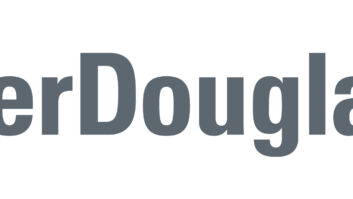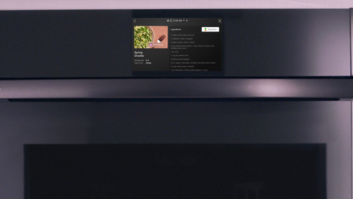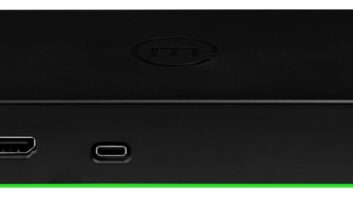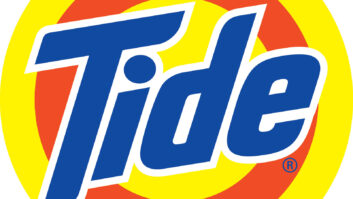WASHINGTON — Next year’s Top
100 Major Appliance Retailers Report
should show a significant improvement
in sales volume, thanks in no small measure
to the State Energy Efficient Appliance
Rebate Program (SEEARP).
But while the federally funded, statemanaged
program boosted springtime
sales, and succeeded in its core mandate
of stimulating the economy, its ultimate
effect on the majap industry was mixed.
That is the assessment of The Association
of Home Appliance Manufacturers
(AHAM), which found that
the so-called “cash-for-appliance” program’s
modest funding and complicated
rollout limited its effectiveness in
saving consumers energy and money.
As a result, the trade association is
calling on Congress to renew the effort
as a single, nationwide program with
more substantial subsidies.
AHAM acknowledged that the rebates,
funded through the American Recovery
and Reinvestment Act, have been
“very successful” in encouraging U.S.
consumers to purchase Energy Star-rated
appliances. Indeed, many manufacturers
experienced a “significant increase”
in demand for the energy-efficient white
goods covered by the program, AHAM
reported, while major retailers have also
confi rmed that SEEARP helped bring
consumers back into stores.
The impact of the program was reflected in AHAM’s April factory shipment
report, which showed a nearly 20
percent increase in unit shipments of
major home appliances compared with
April 2009. Shipments of core appliances
were also up 9.1 percent for the
first quarter of 2010, following four
consecutive years of declines.
“People who were sitting on the fence
deciding whether to repair or replace
their appliance were offered a compelling
incentive to purchase a new energy
efficient product,” AHAM president
Joseph McGuire said.
While the program’s $300 million
funding was significantly less than other
stimulus programs, the return of
consumers to stores also helped stimulate
the purchase of goods other than
appliances, AHAM observed.
However, McGuire argued that the
program’s limited funding and complicated
rollout limited its effectiveness,
and AHAM is urging Congress to renew
the rebates with additional funding
and process improvements.
Specifically, AHAM recommends a
single, national rebate program instead
of 50 separate state programs, each requiring
separate DOE approval and related
administrative costs. A consistent
nationwide program, it argues, would
make it much easier for manufacturers
to partner with retailers to develop promotional
campaigns to make consumers
aware of the rebates.
“The large number of individual programs
made it next to impossible for
manufacturers to follow all of them and
to relay information to consumers and
retailers,” McGuire said. “A single program,
supported by focused messaging,
Web sites, and information would
improve consumer satisfaction and improve
the success of the program.”
AHAM noted that funding appeared
to have been allocated more smoothly
and more quickly in states that used a
reservation system. Allowing consumers
to receive the rebate up front or at
the time of purchase is a much greater
incentive than a mail-in procedure,
the trade group observed, and seemed
to result in fewer consumer concerns
and should lead to fewer consumer disappointments
in the future.




